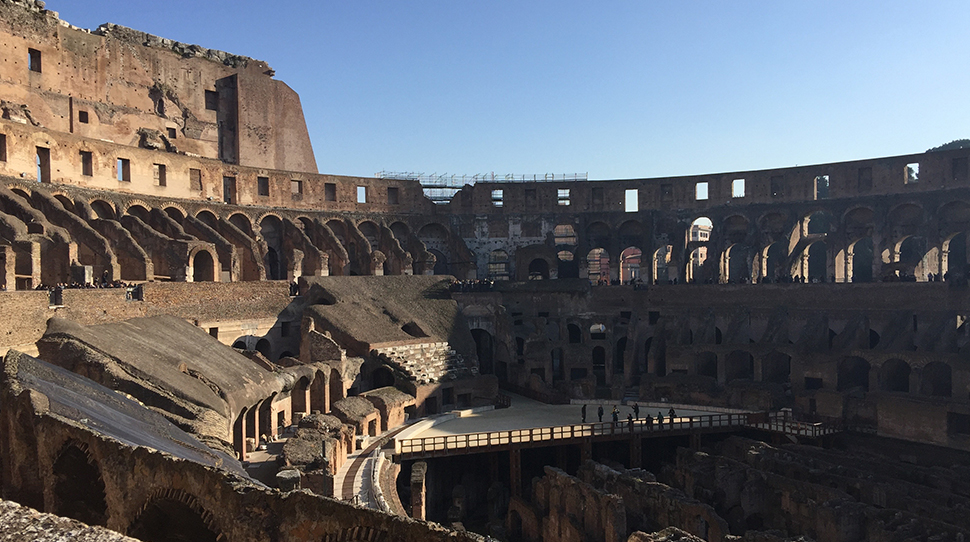

Stand at the top of any of Rome’s seven hills, and you’ll find something to explore. From an iconic UNESCO World Heritage Site to new and modern neighborhoods, here are 10 spots you won’t want to miss in the Eternal City.
Colosseum
The largest and most famous amphitheater in antiquity, the Colosseum is a heavyweight among Rome’s attractions. Approximately 50,000 spectators packed the arena for all-day entertainment such as gladiator fights, hunts, reenacted naval battles and even an execution for nearly five centuries. Today, the Colosseum is one of the city’s main draws.
When you visit, remember to keep it light to help you move more quickly through security lines. Expert tip: buy your tickets well in advance or hire a guide, and arrive early in the morning or late in the day to avoid crowds.
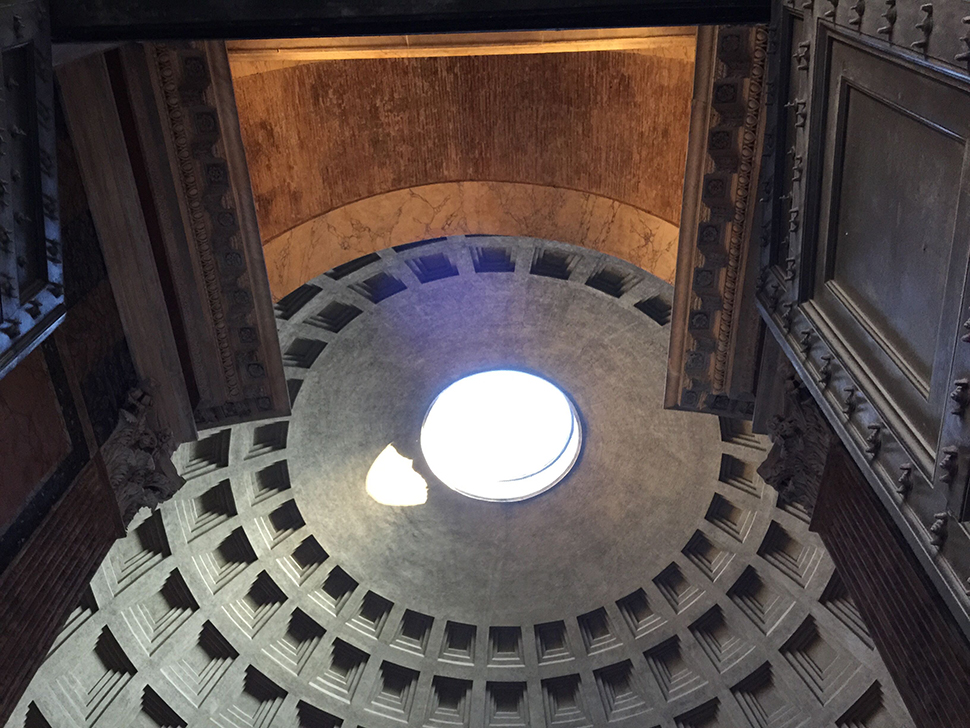
With its marvelous granite columns, colored marble, huge bronze doors and signature concrete dome, the Pantheon is a must-see for all first-time visitors. The always-gorgeous temple has been a permanent fixture on the cityscape for nearly two millennia. It was converted to a church in the 7th century, but remains open to the public as an archaeological site.
The impressive architecture is the main attraction, especially the oculus, a 25-foot circular opening that serves as the only point of light in the cavernous space. Visit between 11:30 a.m. and 1 p.m. to watch the light travel through the building, or arrive as soon as the church opens at 8:30 a.m. to have the venue (almost) all to yourself.
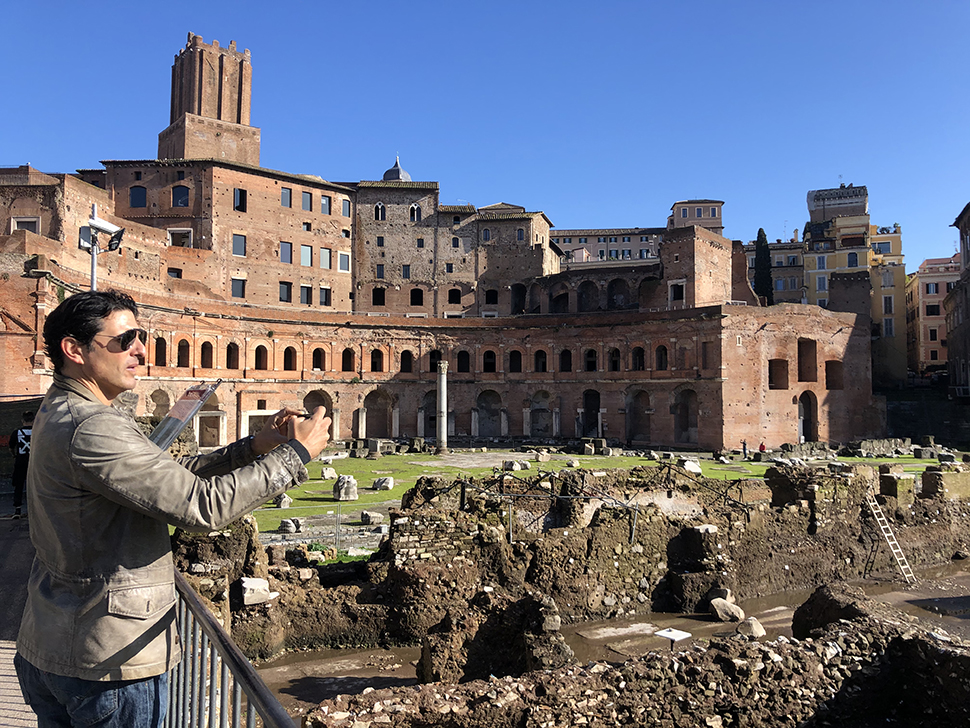
The Roman and Imperial Forums
Head to the epicenter of the city’s past by starting at Piazza Venezia. On both sides of thoroughfare Via dei Fori Imperiali are jaw-drawing archaeological ruins — crumbling walls, columns and piazzas — of forums designed to celebrate and dominate.
Explore them all starting from Trajan’s Column (you can’t miss the 115-foot-tall structure) and head into the Roman Forum. By the time you trek up Palatine Hill and look out on to history, you’ll have walked in the footsteps of nearly all of Rome’s 70 emperors.
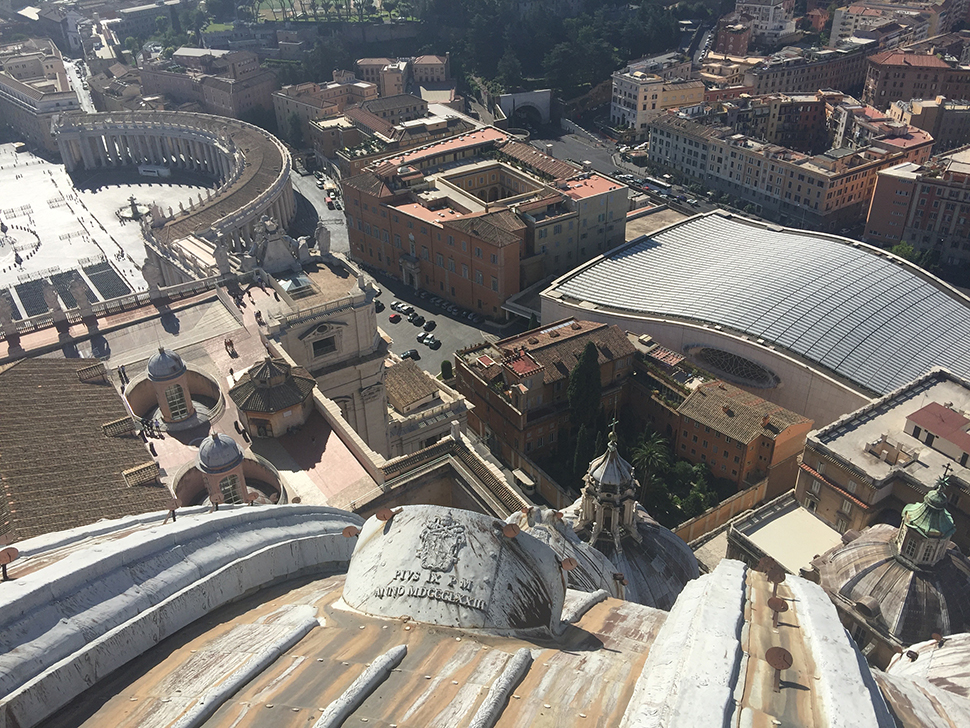
Literally a country within in a city, the Vatican is the world’s smallest city-state (109 acres) and headquarters for the Catholic Church. And it is fully functional with post offices, radio and television studios, a shopping center, a train station and a pharmacy as well an incredible excavation site.
Though St. Peter’s Basilica is open to anyone willing to queue up, access to everywhere else is by permission only, monitored by those colorfully dressed Swiss guards. To visit the Vatican Museums, Sistine Chapel, Scavi (the necropolis below St. Peter’s Basilica) and Vatican Gardens, all you need to do is purchase a ticket and wait in line.
Centro Storico
Rome’s entire historic center (and Vatican City) is a UNESCO World Heritage Site, which makes sense considering the five-square-mile area is crowded with remarkable cultural heritage from ancient monuments to historic churches.
Founded in 753 B.C., the Eternal City was the center of the Roman Republic, its empire, the Christian world (after A.D. 313) and the capital of Italy — in other words, it was considered caput mundi, capital of the world. There is no better place to see its living legacy than in magnificent piazzas like Piazza Navona, Piazza di Spagna, Piazza Venezia, Campo de’ Fiori and Piazza del Popolo.
For an extra history lesson, visit Piazza Augusto Imperatore, a square dedicated to Augustus Caesar, the empire’s first ruler. Stop by Mausoleum of Augustus (an ongoing archeological site) and the Museo dell’Ara Pacis, a capsule museum focusing on the early Roman Temple of Peace monument.
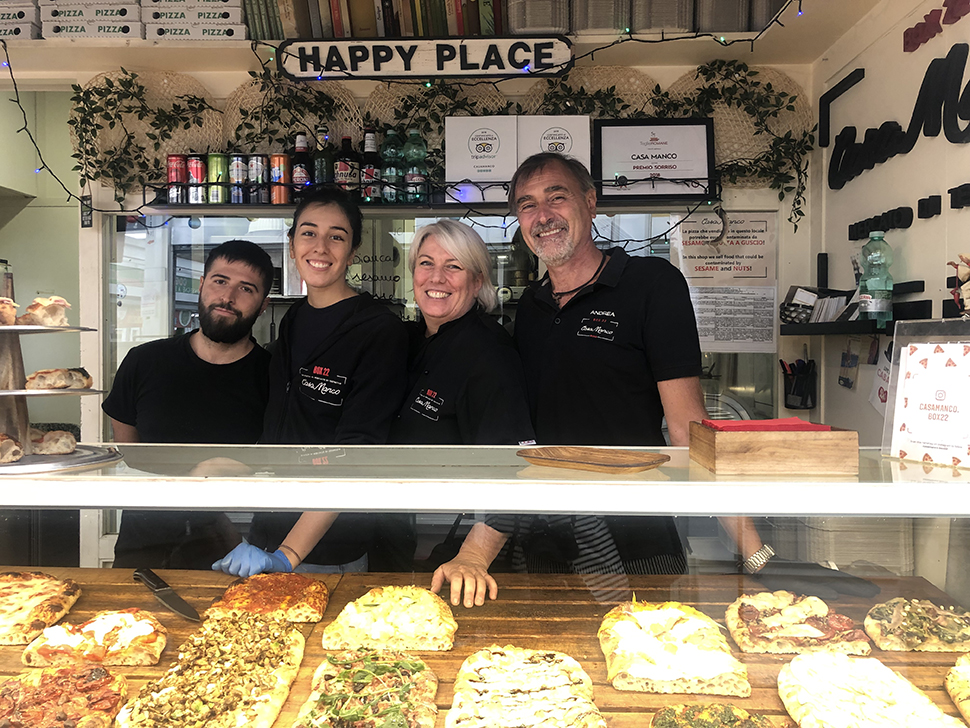
Testaccio
From 1st-century port to 21st-century hangout, the tiny Testaccio neighborhood holds ground as the go-to place for the triple-threat Eternal City experience — food, culture and antiquity. Originally an ancient emporium and dump (its name comes from the still visible “mountain” of ancient amphorae shards), Testaccio has had reincarnations as a blue-collar neighborhood, nightlife destination and, most recently, food mecca.
Get a taste of the neighborhood at Mercato di Testaccio, an open-air market centered around an active archaeological site. Browse the lineup of produce, meat, fish, cheese and homeware stands before grabbing an authentic Roman lunch. Top spots include CasaManco (Box 22) for artisanal pizza al teglio (by the slice), Le Mani in Pasta (Box 58) for handmade pasta and Mordi e Vai (Box 15) for panini (sandwiches) filled with classic ingredients like tripe, picchiapò (braised beef) and boiled meatballs.
Built to house the nearly 8,000 athletes participating in the 1960 Olympic games, this mid-century modern housing complex now serves as the keystone of a permanent neighborhood. Modernist architecture flows around surrounding cultural sites, including the sprawling Auditorium Parco della Musica (a futuristic music complex), late architect Zaha Hadid’s MAXXI contemporary art museum and the Pantheon-like Palazzo dello Sport.
Come sundown, enjoy the neighborhood’s charming curation of food spots such as Metropolita, a stylish lounge, and Bistrot 64, one of Rome’s most affordable haute cuisine restaurants.
Quadraro
Located in Rome’s southeast outer limits, the buildings of this neighborhood are canvases for incredible street art. International artists such as Gary Baseman, Zio Ziegler, Alice Pasquini, Jim Avignon and Diavù have covered walls and buildings, creating M.U.Ro, an open-air museum of street art curated by Diavù himself.
Bring your most comfortable shoes, power charger and your smart phone — you’ll want to chronicle it all on Instagram.
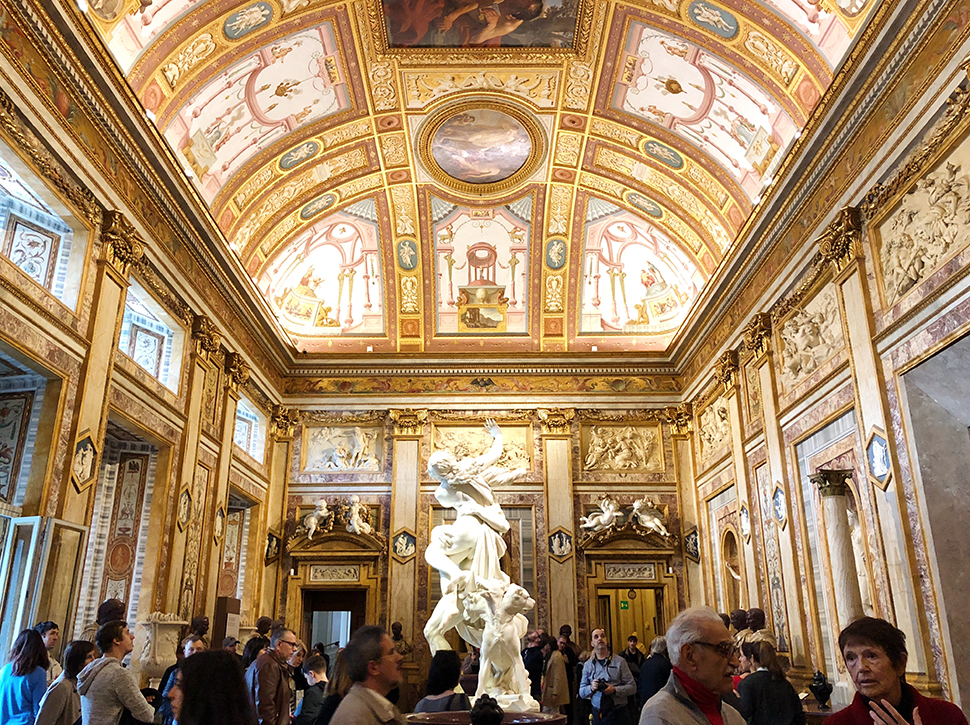
Galleria Borghese and Villa Borghese
Arguably the best private art collection in Italy, Galleria Borghese is a gorgeous house in the middle of a verdant park, crammed with classical art, ancient mosaics, Renaissance paintings and stunning baroque sculptures by acclaimed 17th-century artist Gian Lorenzo Bernini.
Art lovers will want to linger on the ground level to take in beautiful baroque and neoclassical sculptures, and swing by Sala VIII to take in the Borghese’s collection of masterworks by 17th-century painter Michelangelo Merisi da Caravaggio. And be sure to head upstairs to find Raphael’s Lady with Unicorn.
Plan ahead — timed tickets must be reserved and/or purchased in advance.
Rome Underground
As if there weren’t enough to explore on the surface level, beneath the streets of Rome you’ll discover plenty of secrets to uncover. The Catacombs are usually what first comes to mind when you think “underground” and sites like Catacombe di Priscilla demonstrate what early Christian burial was like.
For more on life and luxury in Rome, visit Domus Romane a Palazzo Valentini for an interactive experience featuring ruins illuminated with virtual reconstructions or walk through Case Romane (Roman houses) on Celio hill behind the Colosseum — this is supposedly where saints John and Paul were buried.
